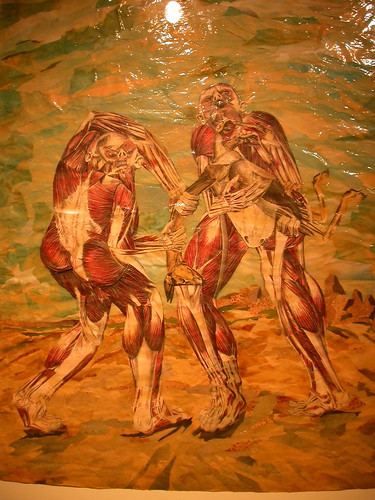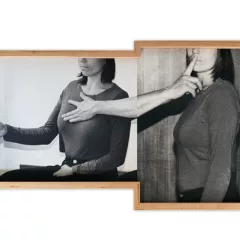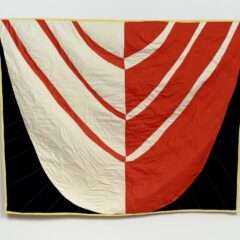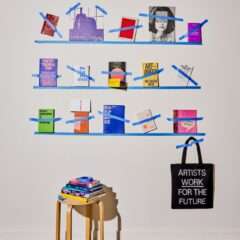This week’s Weekly has my piece on radically-forlorn art, something that’s in the air and on the walls everywhere. Below is the copy with some pictures. I have sets from the TODT exhibit here, from Pentimenti here and from Karen Kilimnik’s ICA exhibit here. Libby’s post on TODT is here.
Licensed to Nil
In a world run by oil-crazed warmongers, pictures of kittens don’t cut it.
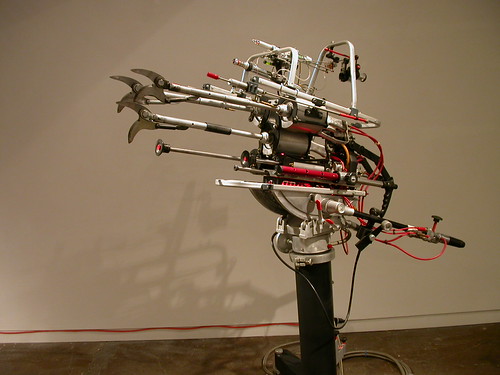
Aggressive Nippers from TODT’s installation at Fleisher-Ollman
Art mirrors the times. When the times get black and ugly, so does art. But not all art, of course. Some artists turn inward and produce things more spiritual, personal and beautiful. But since the dawn of the 20th century, art has mirrored war, genocide, economic depression, terrorism, anarchy and chaos in difficult abstract and conceptual paintings, sculpture, video and installations that scorn mere storytelling (one of art’s big jobs) and serve a meal of ashes and broken glass—art so negative and existential it’s more punishment than pleasure.
Dada introduced the idea of nothingness into art with its games and art made by chance. Francis Bacon, one of the 20th century’s premier practitioners of existential art and a big influence on today’s young artists, perverted art history’s straight and narrow path by laughing at art’s narrative power. Bacon gave the world unforgettable images like the screaming Pope Innocent. His art is a declaration that art doesn’t need to be a thing of beauty and comfort—it can be nonsensical and scary.
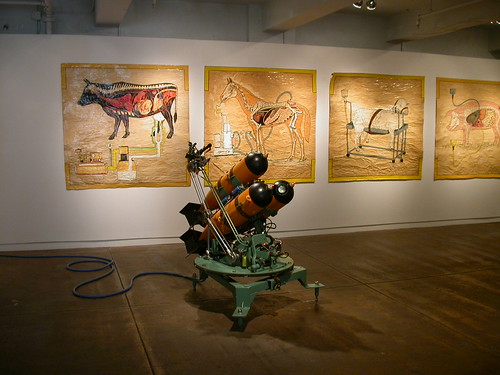
Bombs away, and animals for industry in TODT’s show.
Much art about this void is hot. There’s implied violence and twisted and tortured people. The colors are acid and otherworldly. These works are hard to look at. TODT, the ’80s-era collective now having a survey of works at Fleisher-Ollman Gallery, make finely crafted works from machine parts and discards. The results are terrifying assemblages of weed wackers and tree pruners transformed into maiming machines. There’s also a cereal bowl full of teeth in this museum-quality show.
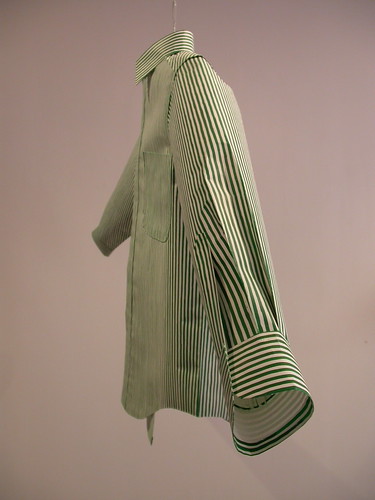
But not all this radically forlorn art is hot. Flowing from Marcel Duchamp’s stream of cool intellectualism, artists like Gerhard Richter, Jasper Johns, Luc Tuymans and Karen Kilimnik practice a subdued, icy approach. Locally, artist Joseph Hu’s show at Pentimenti Gallery takes life’s ordinary materials (a shirt, a bottle, ChapStick) and reconfigures them to scale as antimonuments of paper and resin. The works are precise, pristine and scream of existential isolation.
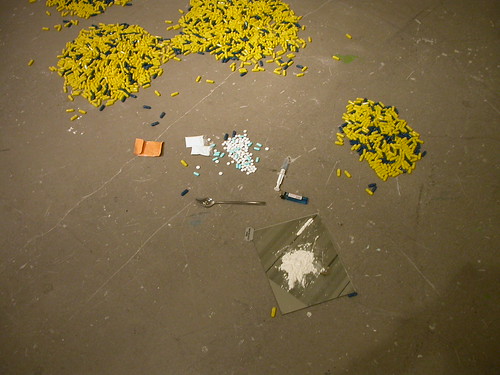
Karen Kilimnik’s scatter art at ICA.
Cartoonists and graphic novelists have been mining nothingness for years—and making you chuckle at the same time. Art Spiegelman’s Maus, Gary Panter’s Jimbo, Chris Ware’s Jimmy Corrigan: Smartest Kid on Earth and Charles Burns’ Black Hole offer wry takes on life and a softer way to digest your doom and gloom.
Why is this art important? At a time when we quickly take information in, when we don’t sit long to mull over the implications of, say, 26 new deaths in Iraq, or the epidemic of killings in our own city, this art demands you come to a screeching halt and face life. It’s not only a good thing, it’s an essential thing. Art doesn’t need to tell a story anymore. But it does need to grab your attention and tell you something.
I used to think the current taste for forlorn art would fade as surely as I thought the war in Iraq would end. I was wrong. Radical forlorn art is a pitbull, and life feeds it raw meat daily. Until such time when that life lightens up, we’re in for a steady diet of downbeat. Nowadays art has left the kitchen. No more milk and cookies, kids. Seek comfort elsewhere.
Karen Kilimnik
Through Aug. 5. $3-$6. Institute of Contemporary Art, 118 S. 36th St. 215.898.7108.
“TODT After Next”
Through May 26. Free. Fleisher-Ollman Gallery, 1616 Walnut St., suite 100. 215.545.7562.
Joseph Hu: “By Itself”
Through June 16. Free. Pentimenti Gallery, 145 N. Second St. 215.625.9990.


